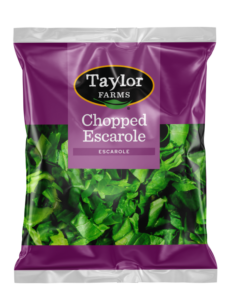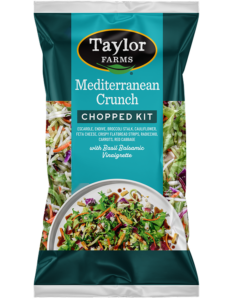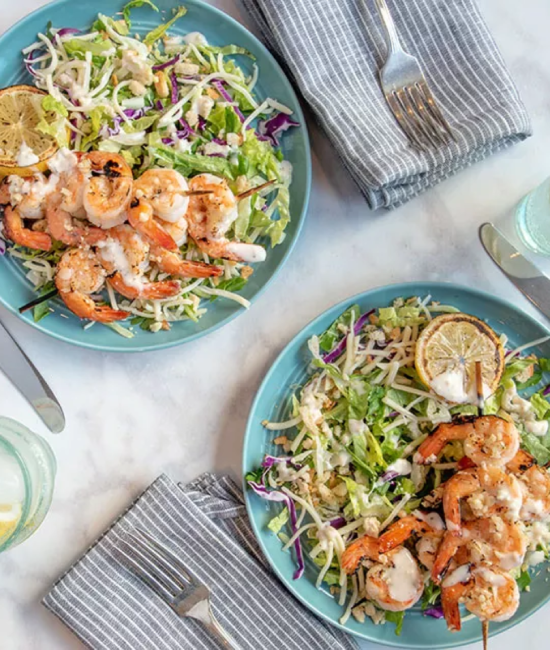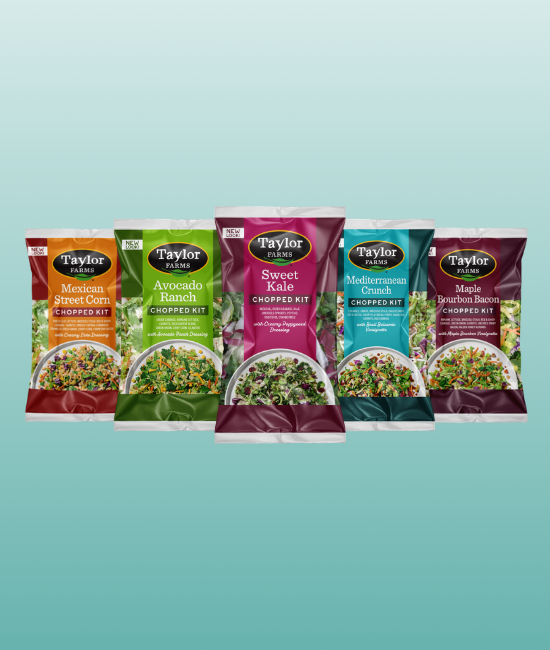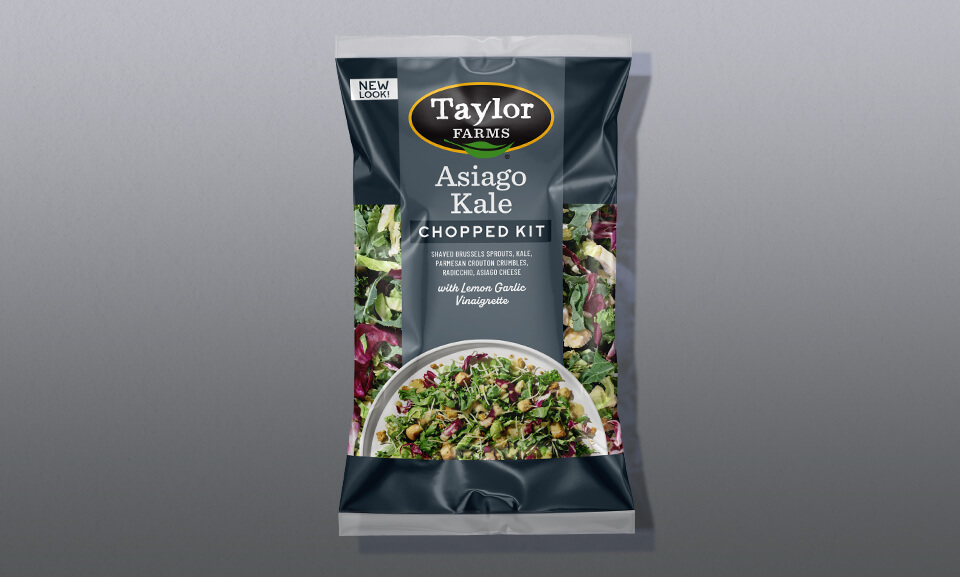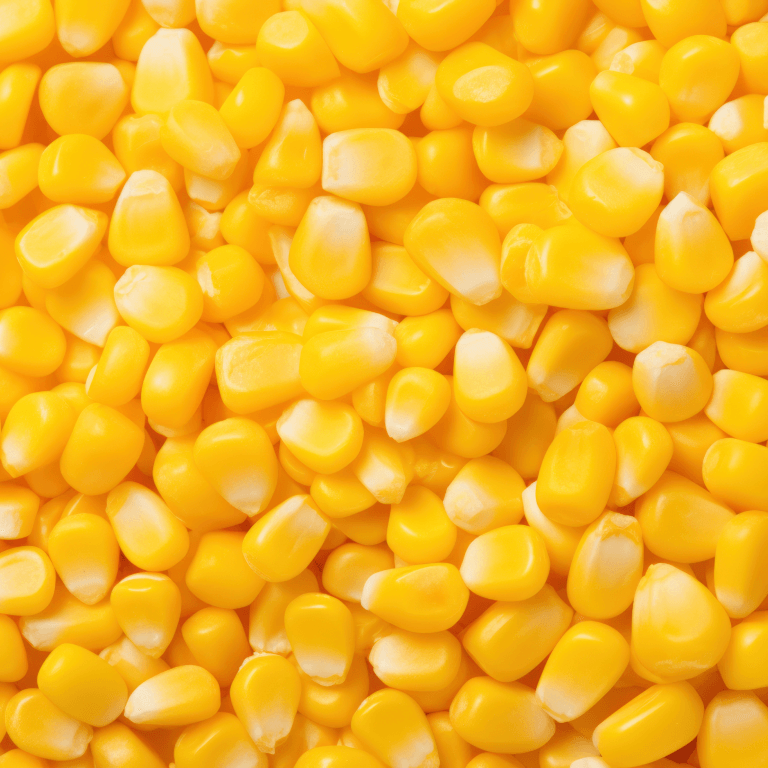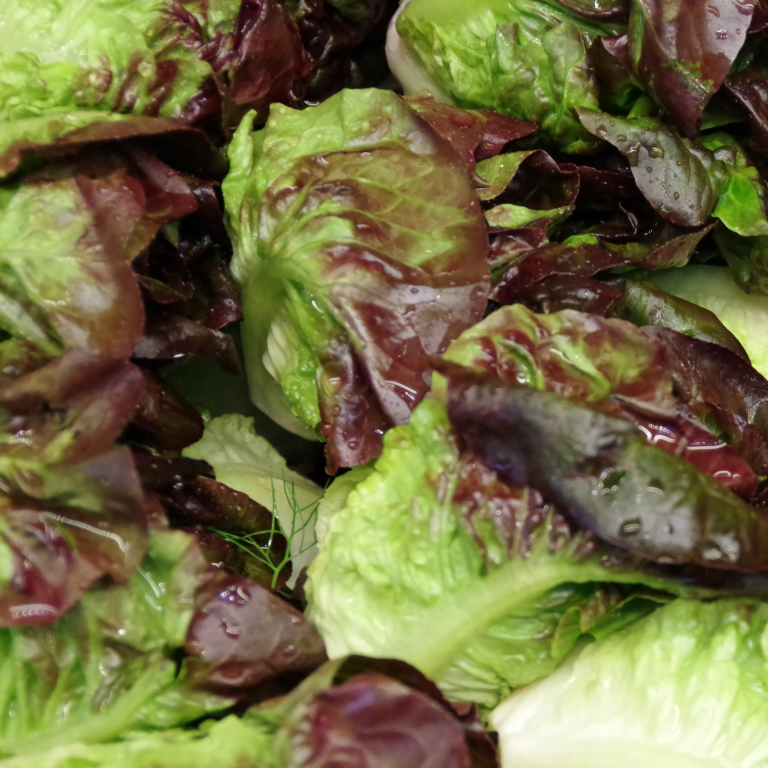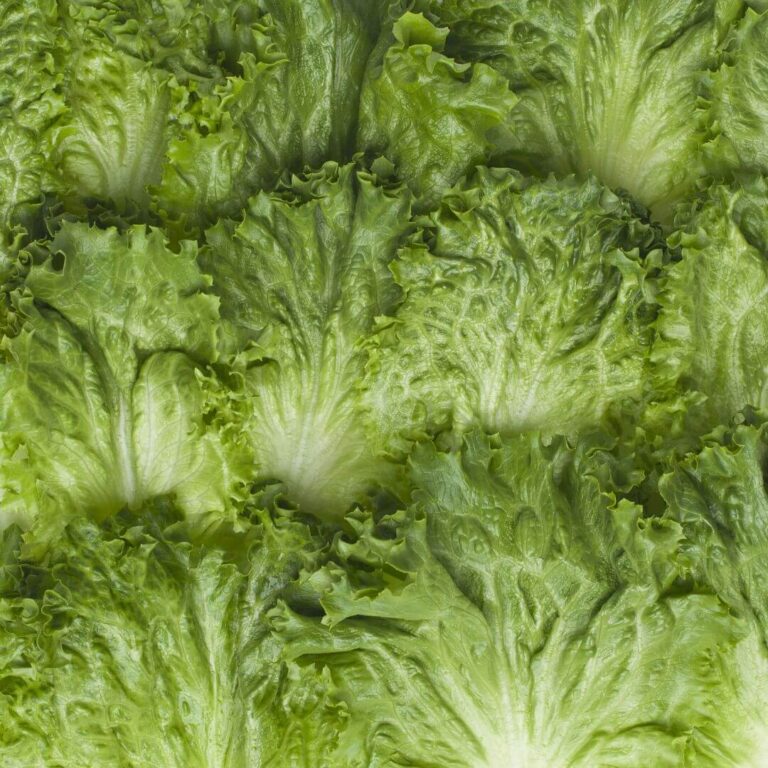Escarole at a Glance
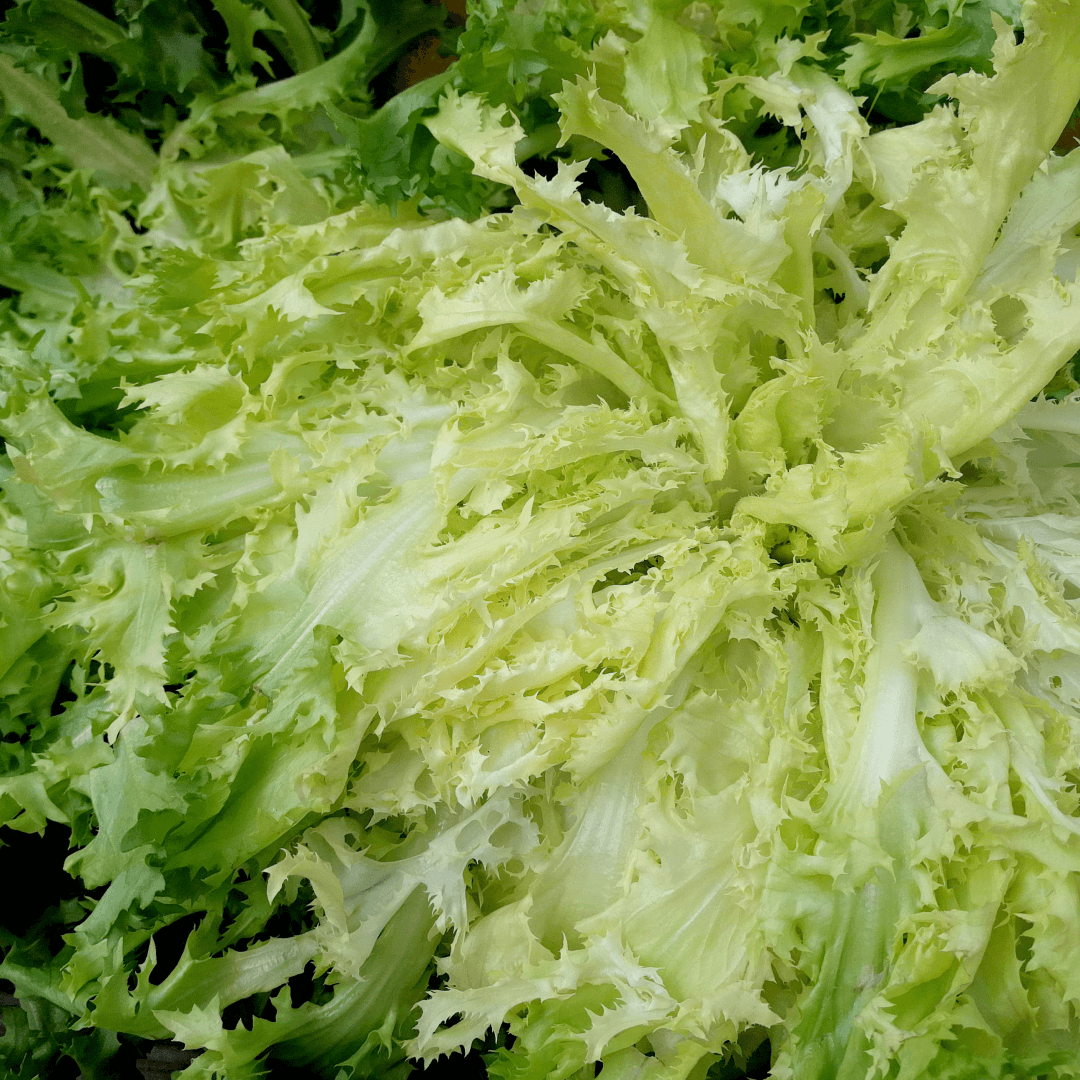
Scientific Name: Cichorium endivia var. latifolium
Family: Asteraceae
In Season: Typically available during the cooler months of fall and winter, but it’s also found year-round in many markets.
Varieties: Escarole is a type of broad-leaved endive. It’s closely related to other chicories like frisée and radicchio but is known for its wider, less curly leaves and milder flavor compared to its relatives.
Great for: Salads, soups, stews, sautéed dishes, and as a cooked green side. Escarole pairs well with ingredients like beans, garlic, citrus, and hearty meats like sausage.
Escarole Nutrition
Common Questions about Escarole
Growing escarole
If you’re growing escarole at home, it’s generally ready to harvest about 85-100 days after planting from seed. Look for full, firm heads with leaves that are crisp and vibrant green. The outer leaves should be about 5-6 inches long. For a milder taste, harvest the inner leaves earlier. Harvest by cutting the plant at the base, just above the soil line.
Purchased escarole
When shopping for escarole at the store or market, choose heads with fresh, crisp leaves free from wilting or browning. The leaves should be firm with no signs of slime or decay, and the base should be clean and white. Escarole is ready to eat once you bring it home, though rinsing and drying before use ensures it’s clean and recipe-ready.
- Sautéed: Cook escarole with olive oil and garlic for a simple side. Add a pinch of red pepper flakes and a squeeze of lemon to add a pop of heat and brightness.
- In soups and stews: Add escarole to soups like Italian wedding soup or white bean stew. Its sturdy leaves hold up well in liquid and give the soup more texture and heartiness.
- Grilled: Lightly brush escarole leaves with olive oil and grill until slightly charred. Grilled escarole adds a smoky flavor to salads or sandwiches.
- Raw in salads: Use tender inner leaves in salads. Combine with sweet fruits, nuts, and cheeses to balance the mild bitterness. A light vinaigrette can enhance its natural flavors.
- Braised: Slow-cook escarole in broth or wine until tender. Braised escarole pairs well with roasted meats or can even be mixed with pasta.
- Stuffed: Use larger leaves to wrap fillings like rice, meats, or veggies, and then bake or steam.
To keep escarole fresh, remove any damaged or wilted outer leaves. Avoid washing before storing it to prevent excess moisture. Wrap the escarole loosely in a paper towel to absorb moisture and place it in a plastic bag or perforated produce bag. Store it in the crisper drawer of your refrigerator. Escarole typically stays fresh for up to a week, but we recommend using it within a few days to take advantage of the best flavor and texture.
Yes. While escarole is best enjoyed fresh, you can freeze it if you have more than you can use. Keep in mind that freezing alters its texture, making it unsuitable for raw dishes like salads, but it’s still great for cooked recipes.
Before freezing escarole, boil the leaves for about two minutes, then immediately transfer them to an ice bath to stop cooking. Drain and pat dry until all the moisture is gone. Place the leaves in airtight freezer bags or containers.
Escarole is native to the Mediterranean region but is now grown worldwide in mostly temperate climates. It thrives in well-drained soil and cooler temperatures, making it a common crop in Europe and North America during spring and fall. Escarole prefers full sun to partial shade and can tolerate light frosts, which sometimes enhance its sweetness.
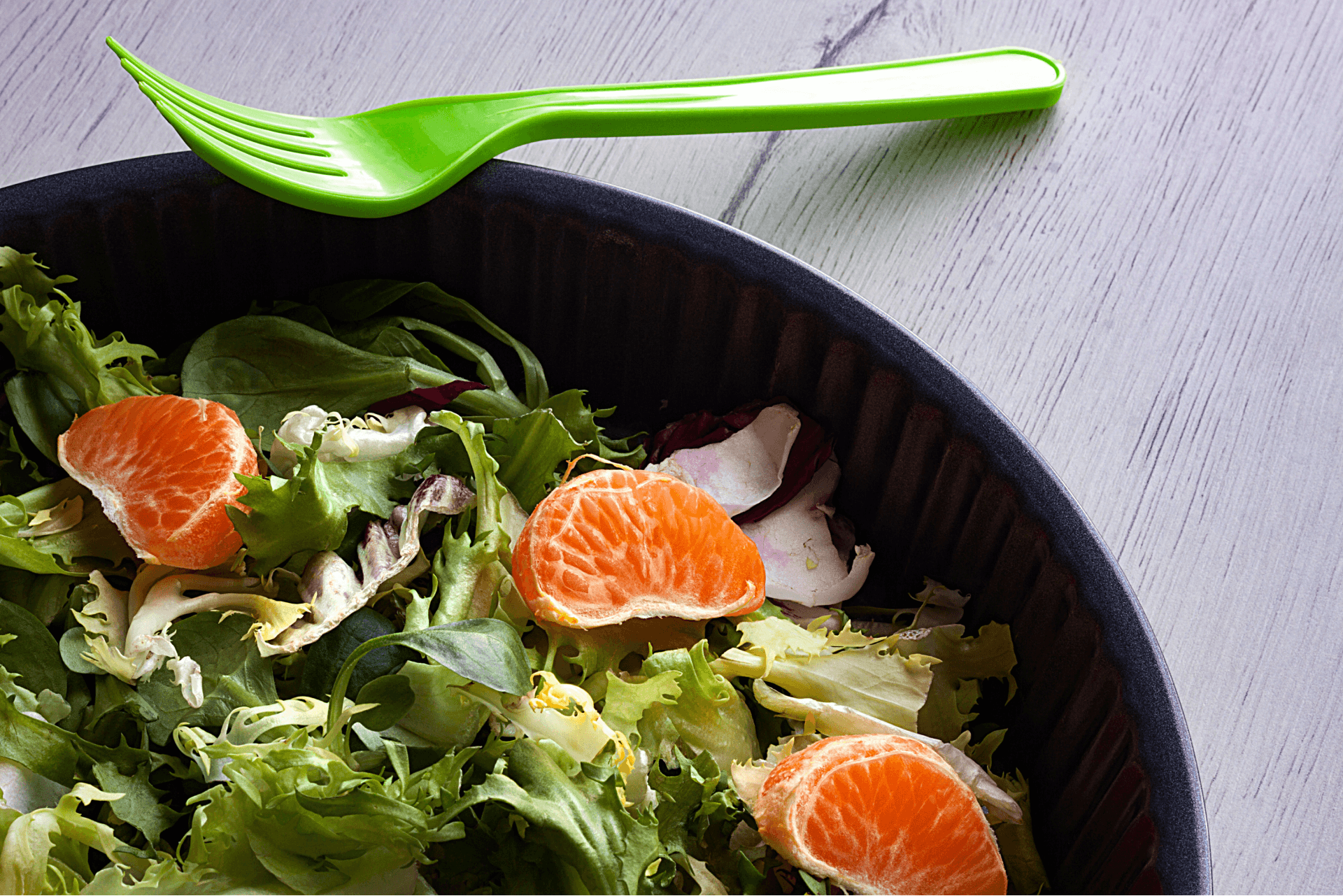
What does escarole taste like?
What does raw escarole taste like?
Raw escarole has a crisp texture with a mildly bitter flavor that’s less intense than other chicories. The outer leaves tend to be darker green and slightly more bitter, while the inner leaves are lighter and sweeter. This balance makes escarole a great addition to salads, offering a more complex flavor without being overpowering. Pairing it with sweet or acidic ingredients like fruits, honey, or vinaigrettes can create a bright, refreshing salad.
What does cooked escarole taste like?
When cooked, escarole’s bitterness mellows out, giving it a sweeter, more nuanced flavor. The leaves become tender but still retain enough structure to hold up in most dishes. Cooking methods like sautéing, braising, or incorporating escarole into soups and stews allow it to absorb much of the surrounding flavors, enhancing the overall depth of the dish. Cooked escarole pairs wonderfully with garlic, olive oil, beans, and savory broths, making it

